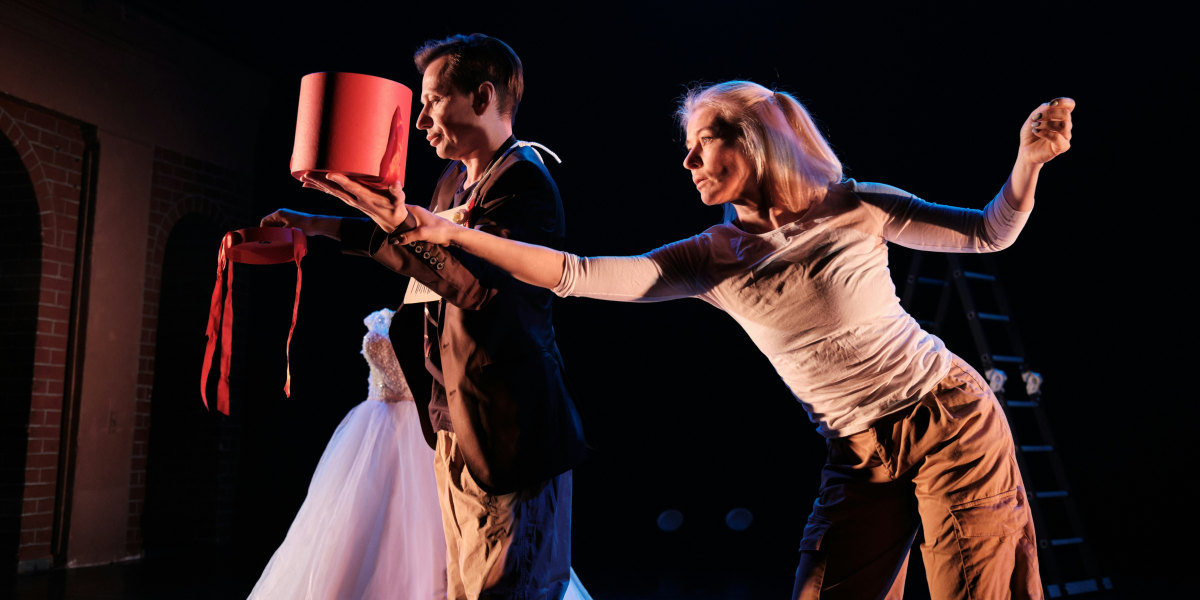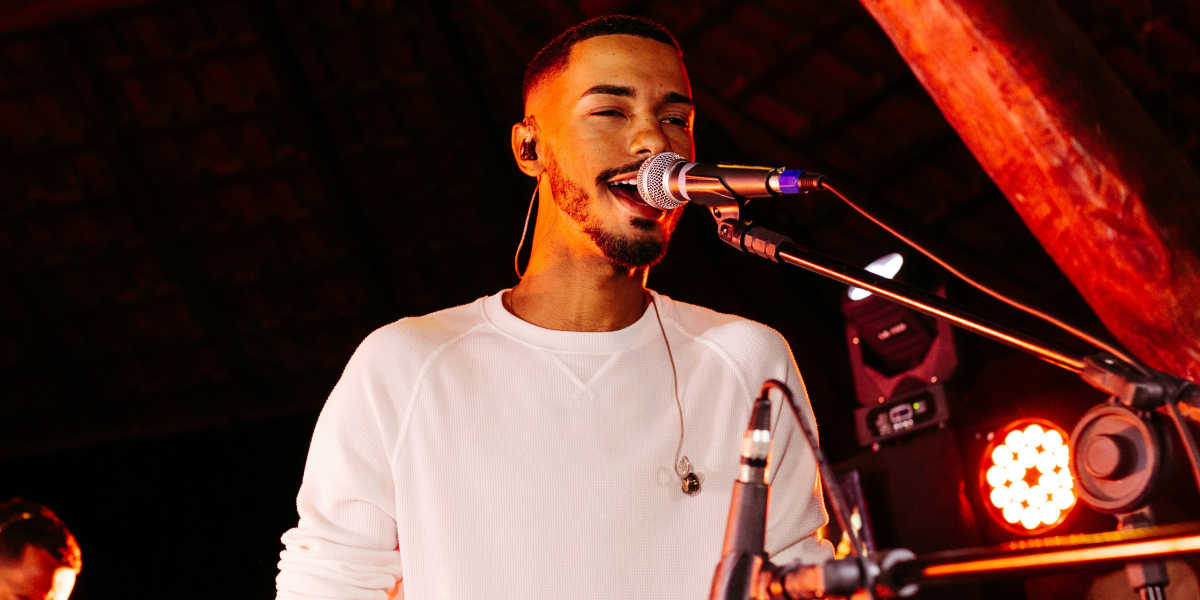The Power of Storytelling in Videography
Storytelling is the cornerstone of effective videography. It’s what transforms a simple sequence of images into a compelling and memorable visual experience. Whether creating marketing videos, documentaries, music videos, or short films, the ability to tell a story through video is essential for engaging the audience. A strong narrative allows viewers to connect emotionally with the content, creating a deeper impact that visuals alone cannot achieve.
Read Also: From Sunrise to Midnight: The Irreplaceable Role of 24/7 Coffee Shops
Even the most visually striking footage can fall flat without a straightforward story. Storytelling provides context, structure, and purpose, allowing the audience to follow the narrative and invest in the characters or message. In business and marketing, storytelling is a powerful tool that helps brands form an emotional connection with their audience. Branding human experiences, struggles, or triumphs can evoke empathy and establish trust. This is why storytelling has become integral in modern videography—whether for brand advertisements or social media content, a good story leaves a lasting impression that transcends the visual appeal.
Crafting a Strong Narrative in Videography
Creating an effective narrative in videography requires a clear focus and a structured approach. The first step in crafting a story is defining the core message. A well-defined message serves as the video’s backbone, guiding the entire production’s direction. Whether the aim is to entertain, inform, or persuade, having a focused narrative makes it easier to stay on track and deliver a cohesive video.
Next, it is important to develop characters or subjects that the audience can connect with. These characters can be real people, like in documentaries or marketing videos, or fictional characters in scripted content. What matters most is their ability to evoke empathy or interest. Characters should have clear motivations and challenges that keep the audience invested in their journey. Through these characters, the story can unfold in a way that resonates emotionally with the viewer.
Another critical aspect of storytelling is structure. A good narrative needs a beginning, middle, and end. The beginning sets up the story, introducing the characters, environment, and primary conflict. The middle drives the narrative forward, escalating the conflict or highlighting the key issues. The end provides resolution, offering closure or a thought-provoking message. This structure is essential to holding the viewer’s attention and providing a satisfying conclusion.
Visuals and Sound: Enhancing the Narrative
In videography, visuals and sound are key components that enhance storytelling. Cinematography plays a vital role in conveying the mood and tone of the story. For example, lighting, camera angles, and composition can influence how the audience perceives a scene or character. A dark, moody setting can amplify feelings of tension or suspense, while bright and vibrant colors can evoke happiness or excitement. These visual elements work in tandem with the narrative, enhancing the story’s emotional impact.
Sound design is equally important in storytelling. The right sound effects, background music, and dialogue can significantly affect how the audience experiences the narrative. For instance, music can underscore the emotional weight of a scene, while silence or subtle sound effects can create moments of suspense or reflection. Effective sound choices help immerse the viewer in the world of the story, making the experience more engaging and powerful.
Editing also plays a crucial role in storytelling. The pacing of the video—how quickly scenes cut or linger—can dramatically influence the flow of the narrative. A well-edited video ensures that the story progresses smoothly, keeping the audience hooked while maintaining a logical progression of events. This is why editing is sometimes referred to as the “final draft” of the story, as it is where the narrative truly comes together.
The Role of Storytelling in Various Videography Projects
Storytelling plays a critical role in different types of videography, from corporate videos to music videos. In marketing, businesses use storytelling to communicate their values and connect with customers on a personal level. A brand’s story—whether it’s about the founder’s journey, a customer’s experience, or the company’s mission—helps build a brand identity that resonates with its audience. This is why many brands focus on creating stories that highlight their values and evoke an emotional response, helping them stand out in an increasingly competitive market.
In documentary videography, storytelling informs and educates audiences, often bringing attention to important social issues. Documentaries use real-life narratives to engage viewers, highlighting personal stories, struggles, or triumphs. The ability to tell a story that is both informative and emotionally compelling is what makes documentaries so powerful in raising awareness and inspiring change.
Music videos are another area where storytelling is essential. While music itself conveys emotion, a visual narrative can enhance the song’s message, providing a deeper layer of meaning. The visual story often complements the lyrics, amplifying the emotional experience of the music and making the video more memorable.
Read Also: How Gardening Can Improve Your Health and Well-Being
Why Every Videographer Should Prioritize Storytelling
Mastering the art of storytelling is crucial for any videographer. A compelling narrative will elevate any project, whether it’s a promotional video, short film, or social media clip. Viewers are far more likely to engage with content that offers more than just impressive visuals—they seek stories that speak to them on a personal or emotional level.
In today’s competitive content landscape, storytelling is what sets good videos apart from great ones. It’s not just about technical skills or aesthetic appeal; it’s about creating a connection with the audience. Whether a videographer is working in commercial, documentary, or entertainment fields, understanding the power of storytelling will allow them to craft videos that resonate deeply with viewers and leave a lasting impact.









